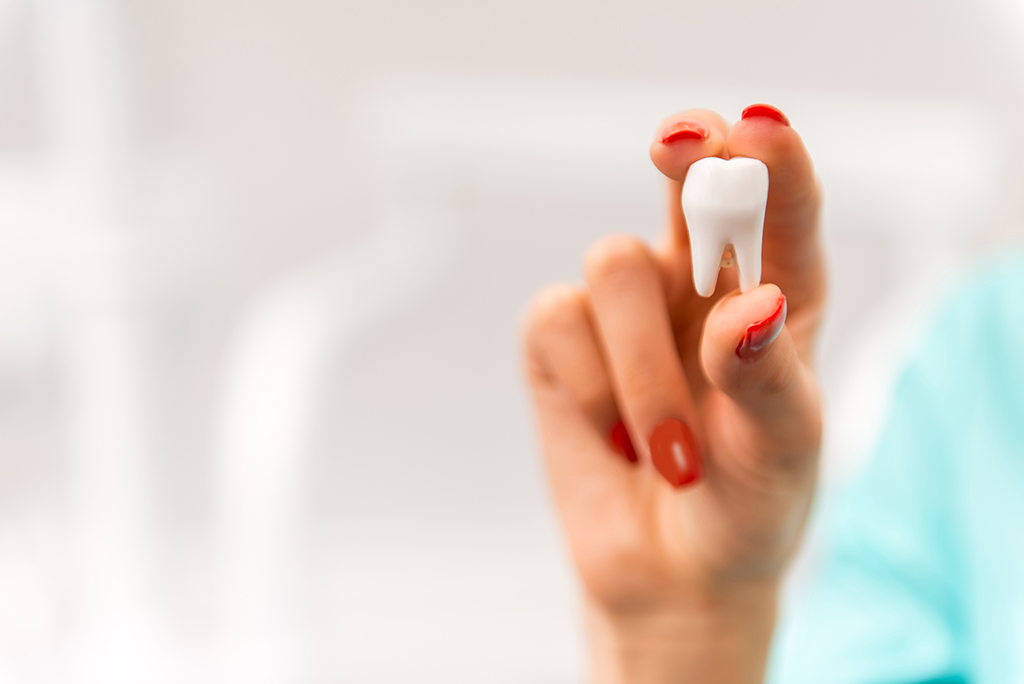
What To Expect During Wisdom Teeth Removal | Plano, TX
Photo By George Rudy at Shutterstock
Wisdom teeth removal is often a necessary step in preserving the health of your teeth. The wisdom teeth are located at the very back of the upper and lower mouth. These are permanent teeth that typically come in when a person reaches their late teens or early 20s. Wisdom tooth extraction is a surgical procedure used to remove these teeth.
Why Do You Need Wisdom Teeth Removal?
Some people don’t need to have these teeth removed. For others, these four teeth are poorly positioned and create crowding problems for other teeth. Additionally, these teeth can typically be problematic because they are hard to maintain and clean, which can lead to early decay, infections, and severe pain. Most see removal of wisdom teeth as a preventative care strategy.
What If You Already Have Pain in Your Wisdom Teeth?
Wisdom teeth removal can occur at any time. While it is easier and often less risky when done prior to the teeth emerging, it is possible to remove the teeth after they push through. This can be done safely in a dentist’s office (look for a provider that specializes in wisdom tooth removal for the best results.) It may be necessary to remove these teeth after they emerge if they become:
- Infected
- Damaged
- Problematic for other teeth
- Hard to maintain
- Painful for chewing food
What to Expect During the Process
The first step is to come in for a wisdom teeth removal consultation in our office serving Plano, TX. During this first appointment, we’ll take full x-rays of your teeth and jawbone to determine the placement of the teeth as well as any nearby structures that could be at risk.
Then, the entire procedure is explained to you. You will know when to come in, what will happen, and how you will recover at home. Most of the time that means having a few days to recuperate with supervision. You should not drive yourself home.
Sedation During the Procedure
During the procedure, your dentist will use one of three types of anesthesia. For some situations, local anesthesia is used. This involves an injection into each extraction site. A numbing agent is also applied to the surface of the gum, so you do not feel much of the injection. Sedation anesthesia and general anesthesia are also used. These are done through an IV line in the arm. These types of anesthesia ensure that you do not feel any pain or pressure during the process. Your dentist will discuss the types of sedation that are best for you.
How the Tooth Is Removed
During the procedure, the surgeon cuts into the gum tissue. This exposes the tooth and the bone. If there is bone blocking the access to the root of the tooth, the surgeon removes that. Then, the tooth is divided into sections to make it easier to remove each piece. Once the tooth is fully removed, the site is then irrigated, which means it is cleansed of any bacteria, debris, or loose tissue. Stitches are used to close up the space. This helps encourage the tissues to heal together, covering the opening where the tooth used to be. Stitches are not always necessary. When used, some stitches will disintegrate within a few weeks and do not need to be removed by the oral surgeon.
Once the wisdom tooth removal is done, your dentist will apply gauze and pressure to the area to help stop the bleeding. The goal is for a blood clot to form over the opening. This clot helps to seal out any bacteria from getting into the opening and helps minimize the risk of infection.
What Happens After the Removal of Wisdom Teeth?
Once the procedure is over, most people will remain in recovery for a short time as the anesthesia wears off. You’ll wake up and learn more about the procedure and all it entailed. Wisdom teeth removal takes a bit of time, but you should go home shortly after.
Your dentist will work with you on a number of things, including:
- Controlling bleeding. Bleeding should stop on the first day and, if not, let your dentist know. Don’t spit or use a straw for drinking. This can cause the blood clot located on the opening to dislodge, potentially risking infection.
- You may be given medications to take for any discomfort you feel. Often, over-the-counter products work well, but prescription pain medication may be beneficial to some people. If bone was removed during the procedure, you’ll need pain medication.
- Activity levels. It is often best to take a day or so to rest and recuperate from the procedure. Most of the time, you’ll need to avoid strenuous activity for a week or more.
- Don’t drink from a straw after the procedure. Most of the time, you’ll need to drink ample water. This can help to minimize dehydration.
- Your dentist will give you specific instructions about what type of food to eat. Most of the time, this will include soft foods for the first 24 hours at least. It’s important to avoid hard foods or those that are chewy.
In addition to these steps, your dentist will talk to you about the signs of infection to monitor for, such as a fever, increased pain, or foul odor. You’ll need to clean your mouth, but you should not brush your teeth, use mouth rinses or even spit during the first 24 to 48 hours to minimize the risk of losing that blood clot.
Should You Get Wisdom Teeth Removal?
Looking at the process of getting wisdom teeth removal may seem daunting. When you step into our office serving Plano, TX, you’ll find it is not that bad at all. Our team is here to help you and provide exceptional care to you throughout the process.
Ready to Schedule a Consultation for Wisdom Teeth Removal?
The NextGen Oral Maxillofacial & Reconstructive Surgery Center can provide you with all of the information you need on wisdom teeth removal. Schedule a consultation in our office to learn more about the treatment options and what you can expect.


